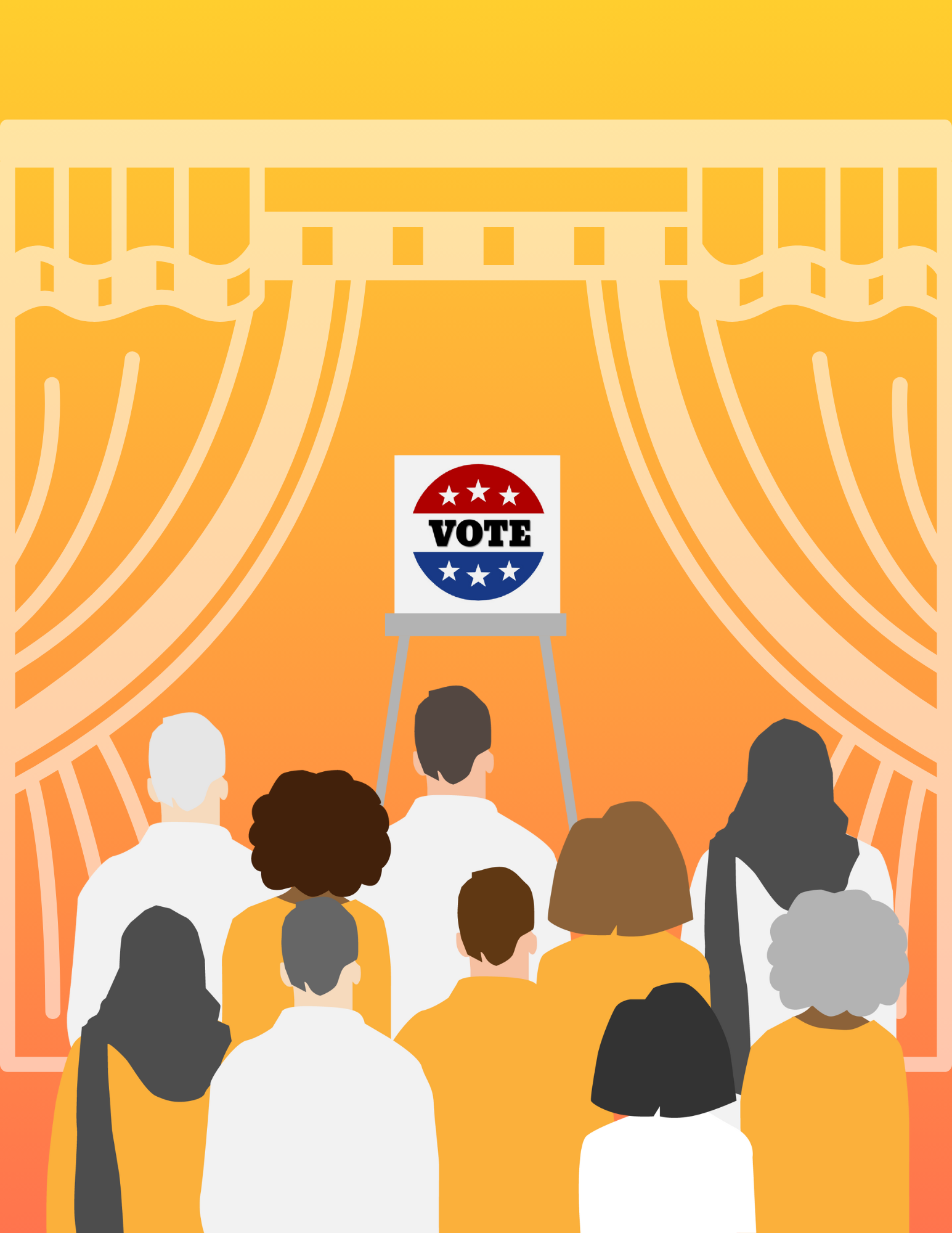Voter Education and Civic Engagement at Pratt
The nation is preparing for a historic election this fall. Pratt seeks to encourage and support peaceful engagement, provide information for voters, and create space for community dialogue before, during, and after the November 5, 2024, election.
Voter Checklist
First-time and seasoned voters all need a plan before casting their ballot. Make a plan and get prepared to go to the polls. Visit Vote411.org for a comprehensive voter checklist.
Pratt Events: Pre-Election, Election Day, and Post-Election
Past Events
Common Questions
What is the “interregnum?”
Interregnum is the period of time between Election Day and Inauguration Day. This year, it is the 76 days between November 5, 2024, and January 20, 2025.
During this time, there are several key dates:
November 5 to December 10, 2024 — Ballots are counted in each state.
December 11, 2024 — Last day, also known as “safe harbor day,” for states to resolve election disputes, which must occur no later than six days before the Electoral College meets.
December 17, 2024 — The state electors in the Electoral College meet to cast their ballots for President and Vice President, occurring on the first Tuesday after the second Wednesday in December.
December 25, 2024 — The President of the Senate (which is the current Vice President) must receive electoral vote certificates no later than nine days after the electors meet.
January 3, 2025 — The House and Senate are sworn in.
January 6, 2025 — The House and Senate meet to certify the Electoral College vote; the candidate who receives at least 270 out of 538 electoral votes becomes the next president.
January 20, 2025 — The President-elect and Vice President-elect are sworn in.
What is “ballot curing”?
Voters who vote in person at the polls may ask for assistance and clarification from poll workers; those voting by absentee or mail-in ballots cannot. Therefore, when problems arise with a ballot, such as a missing signature or the need to verify information, in some states, voters can fix or “cure” their ballot in time for it to be counted if it was rejected. This process can take days or weeks. Thirty states require officials to notify voters and allow voters to correct signature errors through ballot curing, a two-part process that involves notification and correction. Visit Ballotpedia for more information about ballot curing.
What happens in a contested election?
The Law Library of Congress provides information and resources outlining the potential legal challenges and recounts the timeline towards Inauguration Day.
Voter Information and Resources
- Everything you need to know about voting at Vote.org
- Pratt’s Civic Engagement LibGuide
- Election protection hotline at 1-866-687-8683
- Countering voter suppression at 1-866-OUR-VOTE
- Power the Polls is an initiative to recruit poll workers.
- Spot the Troll is an educational quiz developed by Clemson University to help the public learn to spot the markers of inauthenticity in social media accounts.
- Early voting information
- Early voting from the NYS Board of Elections
- Common Cause, to find your elected officials
- Who Represents Me for New York City residents
- Faculty Network for Student Voting Rights for non-partisan democratic engagement
- Braver Angels “American Hope” campaign
- The Better Arguments Project
- Request a Mail Ballot
- Review Voter ID Laws
- Find your Polling Location
- Find Out What’s on Your Ballot
Stay Informed and Be Active
- Critical Conversations: Pratt events and resources provided to create space for and educate one another about our multiple cultural contexts, activism, civil discourse, and academic engagement
Personal Aid, Health, and Wellness Support
- Resilience, Wellness, and Well-Being at Pratt: Events, programs, and resources for improving individual and community resilience, wellness, and well-being
- The Counseling Center (for students) and HR (for faculty and staff)





